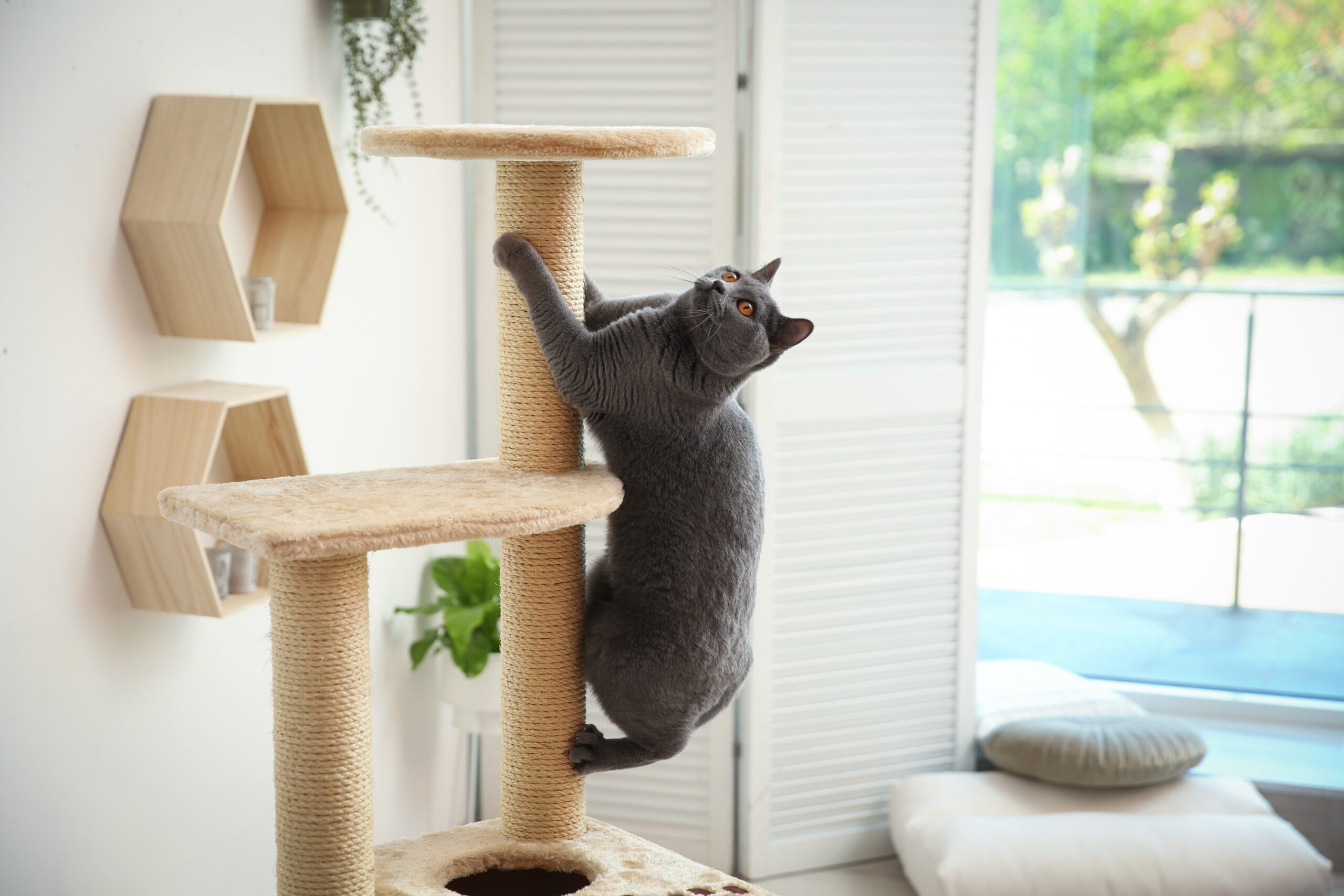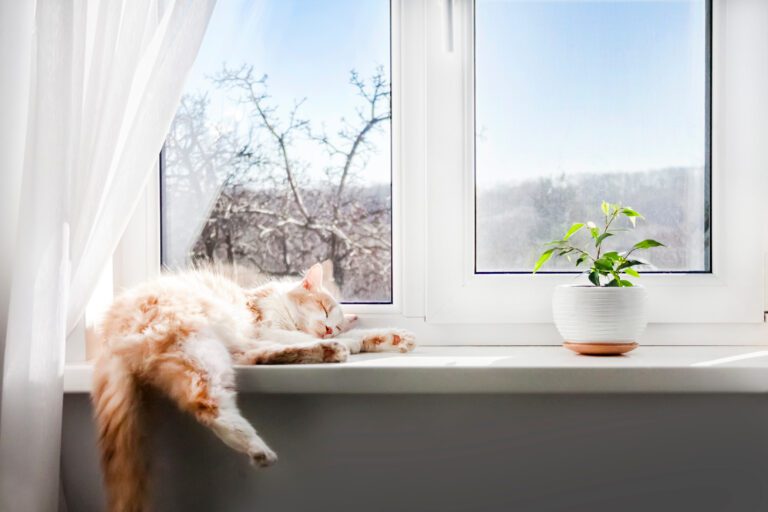Cats are known for their independent and mysterious nature. However, behind those aloof eyes and graceful demeanor lies a playfulness waiting to be unleashed. While some cats instinctively engage in playful behavior, others may need a little encouragement and guidance. In this blog, we explore the joys of teaching your cat how to play and the benefits it brings to both you and your feline friend.
Understanding Play Preferences
- Just like humans, cats have individual preferences when it comes to play.
- Some cats may prefer hunting-style toys, such as feather wands or interactive toys that mimic the movement of prey.
- Others may enjoy puzzle toys or chasing balls.
- Observe your cat’s behavior to identify their preferred play style, as this will make the learning process more enjoyable for both of you.
Start With Interactive Play
- To engage your cat in play, it’s essential to start with interactive toys.
- These toys require your participation, making the experience more engaging for your feline companion.
- Wiggle a wand toy or drag a string on the ground, mimicking the movements of prey.
- Encourage your cat to pounce, chase, and swat at the toy.
- Be patient, as some cats may take time to warm up to interactive play.
- Pet subscription boxes offer a wide range of fun toys and treats for cats! Read our blog about them here.
Find the best subscription box for your feline friend!
PetSpot favorite: Meowbox
Reward-Based Training
- Positive reinforcement is key when teaching your cat how to play.
- Use treats or verbal praise as rewards when your cat engages in play behavior.
- This will associate playtime with positive experiences, encouraging your cat to participate more eagerly.
- Remember, patience is vital during the training process, and each cat learns at their own pace.
Introduce Solo Play Toys
- Once your cat becomes comfortable with interactive play, gradually introduce solo play toys.
- These toys are designed to keep your cat entertained even when you’re not available to play.
- Puzzle toys with hidden treats, automated laser pointers, or rolling balls can provide hours of entertainment.
- Rotate the toys regularly to keep your cat’s interest piqued.
Playtime Bonding
- Playing with your cat isn’t just about entertainment; it also strengthens the bond between you and your feline friend.
- Dedicate regular play sessions to spend quality time together.
- Not only does this fulfill their instinctual need for play and exercise, but it also helps alleviate stress and boredom.
- Use this time to connect, communicate, and build trust with your cat.

Environmental Enrichment
- Apart from toys, enrich your cat’s environment to encourage play.
- Create vertical spaces with cat trees or shelves for climbing and exploring.
- Install window perches for bird-watching.
- Provide scratching posts, hiding spots, and cozy beds.
- By creating a stimulating environment, you’ll inspire your cat to engage in playful activities.
Safety First
- While playtime is essential for your cat’s well-being, it’s crucial to prioritize safety.
- Avoid using toys with small parts that can be ingested, and regularly inspect toys for wear and tear.
- Supervise interactive play sessions to prevent accidental injuries.
- Additionally, keep toxic substances and household hazards out of your cat’s reach.
Teaching your cat how to play is a rewarding experience that deepens the bond between you and your feline companion. By understanding their preferences, using positive reinforcement, and introducing a variety of toys, you can encourage your cat to embrace their playful side. Remember to be patient, as each cat learns at their own pace. Embrace the joy and laughter that comes from playing with your furry friend, and cherish the special moments you share together.






